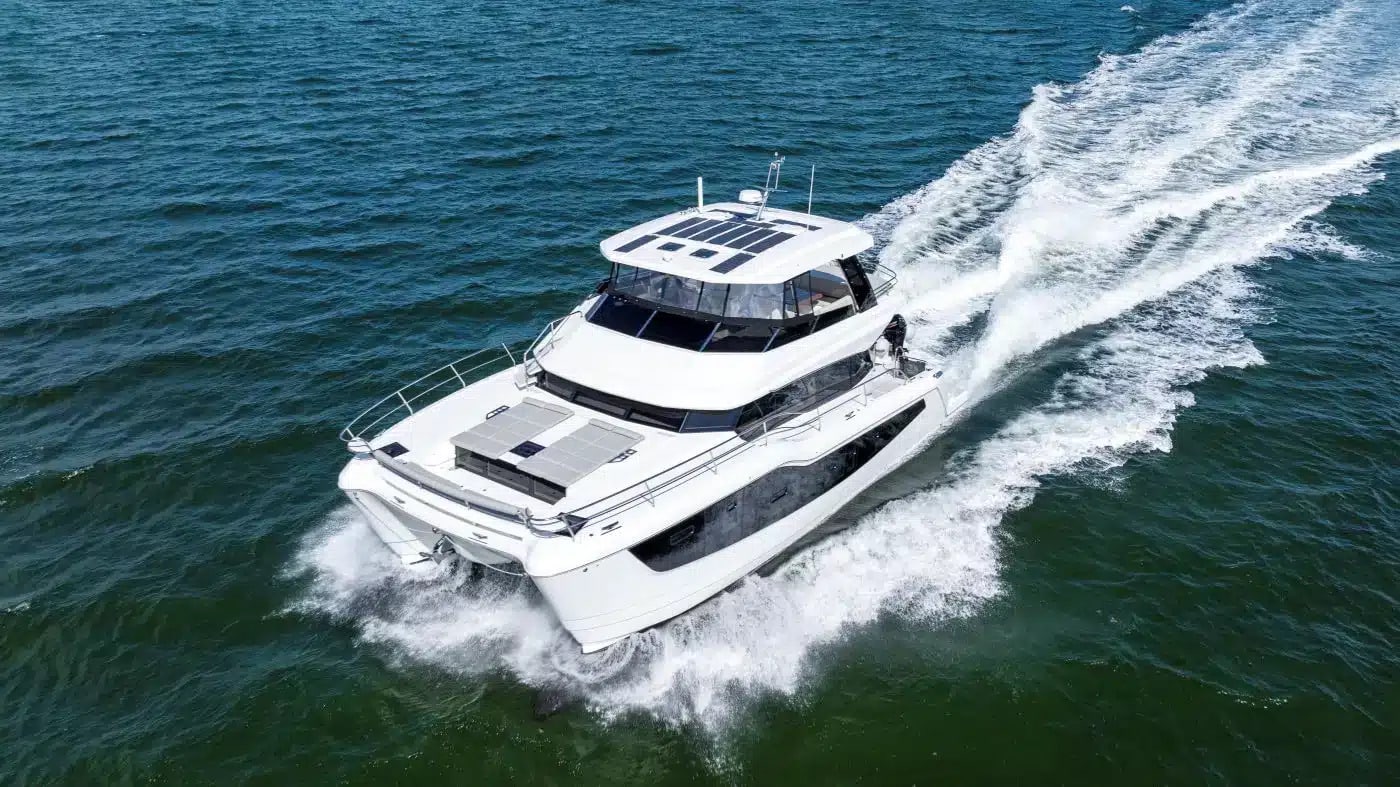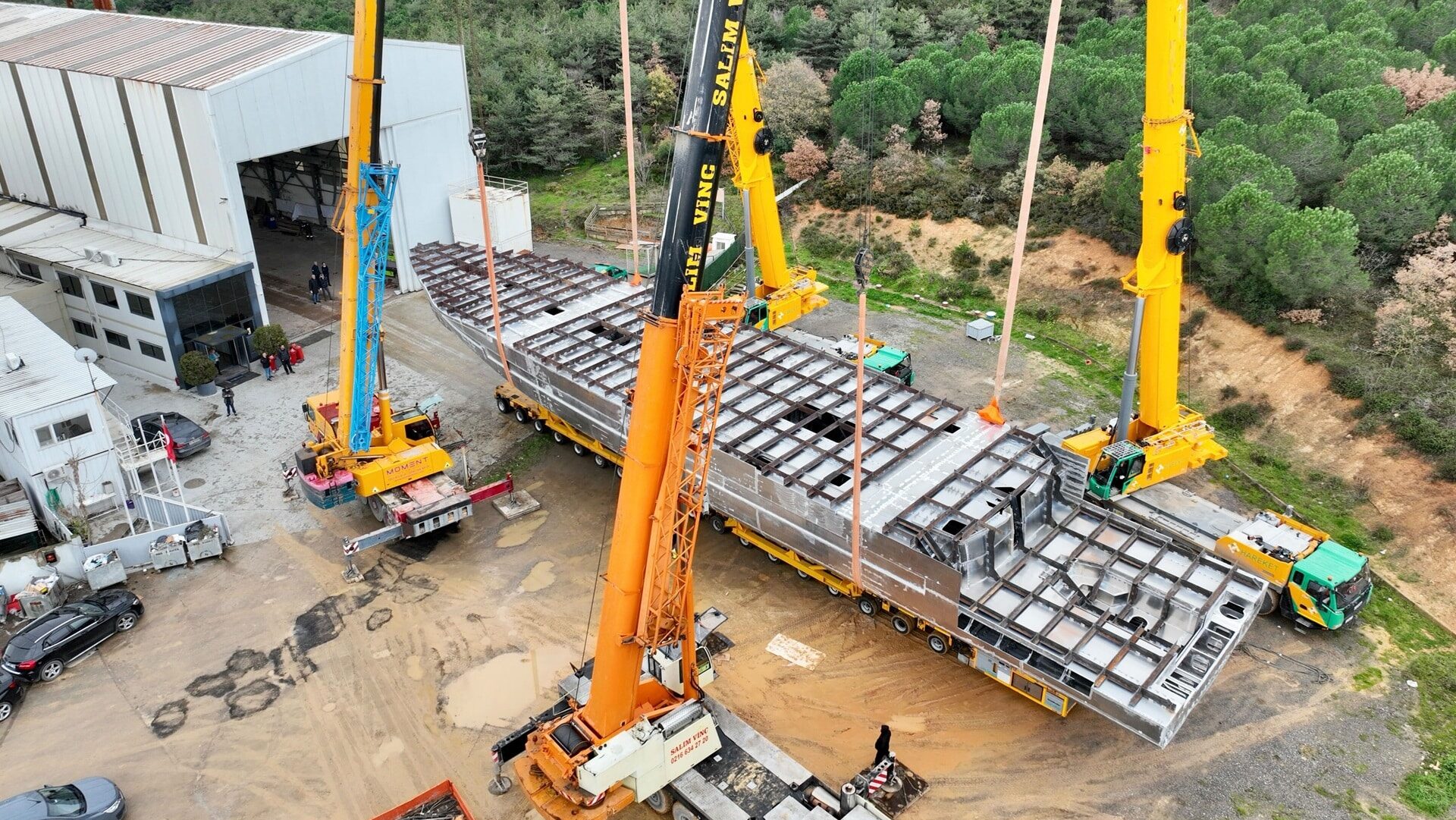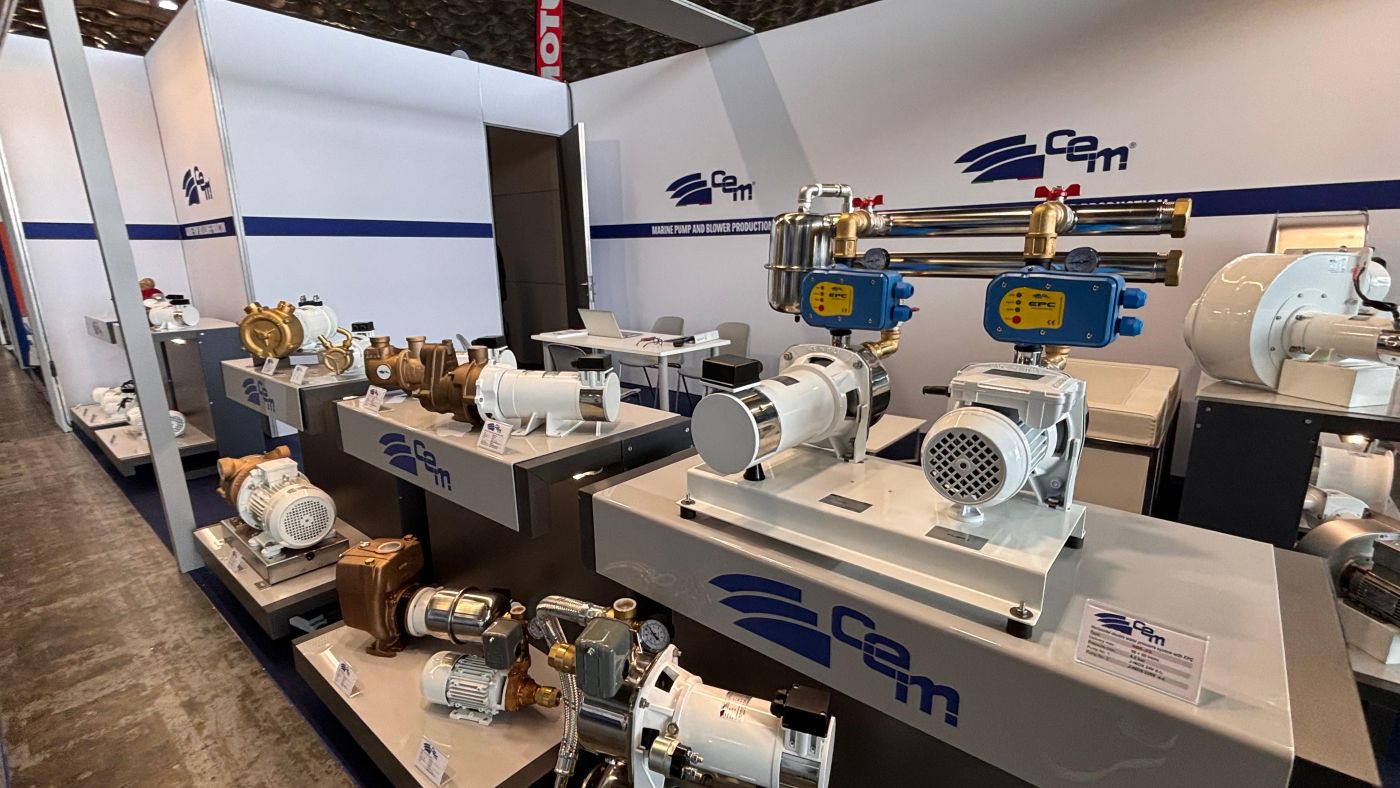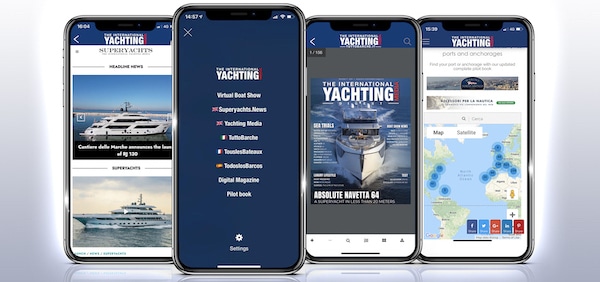After a year of changes and improvements, the new creation by the former Finnish world champion, Luddle Ingvall, record-holder of the fastest monohull yacht over the Atlantic and two-time line honours winner of the Rolex Sydney Hobart race, first in 2000 and again in 2004, has finally showed its striking shapes.
The new 100-foot-super maxi, called CQS after its principal sponsor, has finally left its hangar in Tauranga, New Zealand. The project was followed by a top technical team including yacht designers, engineers, yacht builders, rig designers and sail makers, such as Brett Bakewell-White, Andrew Baglin (Multiphase design), Mark Bishop (Waterfront Composite Solutions), Rodney Keenan (Evolution Sails) and Dave Ridley (Hall Spars), Southern Ocean Marine, Greg Prescott and Greg McNab. Ingvall himself has said about his team: “I’m really grateful for all thre work achieved and I’m impressed with the skill used in the creation of this innovative boat. Everyone has worked with a wonderful motivation and for the sake of a unquestionable excellence“.
The boat is the result of a series of changes made on the previous Ingvall’s boat, a more conventional 90-foot-one, and she presents some cutting-edge technical solutions in the sailing world. First of all, the hull was designed with a reverse bow which doesn’t tend to get on the wave but cut it for the benefit of stability and the average speed of the boat. Anyone who has experienced sailing boats provided with centerboards or is used to small catamarans knows well that, when the bow starts to sail underwater, the boat suddenly stops and, if speed is high, she risks to overturn. On the bow, you can also note a very long bowsprit: the aim is to always keep very high average by adjusting the quantity of duck ashore (from the fore sail or solent to an boundless gennaker).
Moreover, on the sides of the hull and transversely to the cockpit, CQS presents two innovative “wings” which shall support the sailing aerea, the mast and stays from their sides, ensuring this way a greater stability to the entire central platform of the yacht (also provided with a kanting keel).
During the launch, Luddle Ingvall commented: ” This is the beginning of a very exciting adventure. Computer modelling makes this boat able to have all the necessary features to develop striking speeds in many conditions but we must wait for the sea’s response and the confirmation of racing performances”.



























